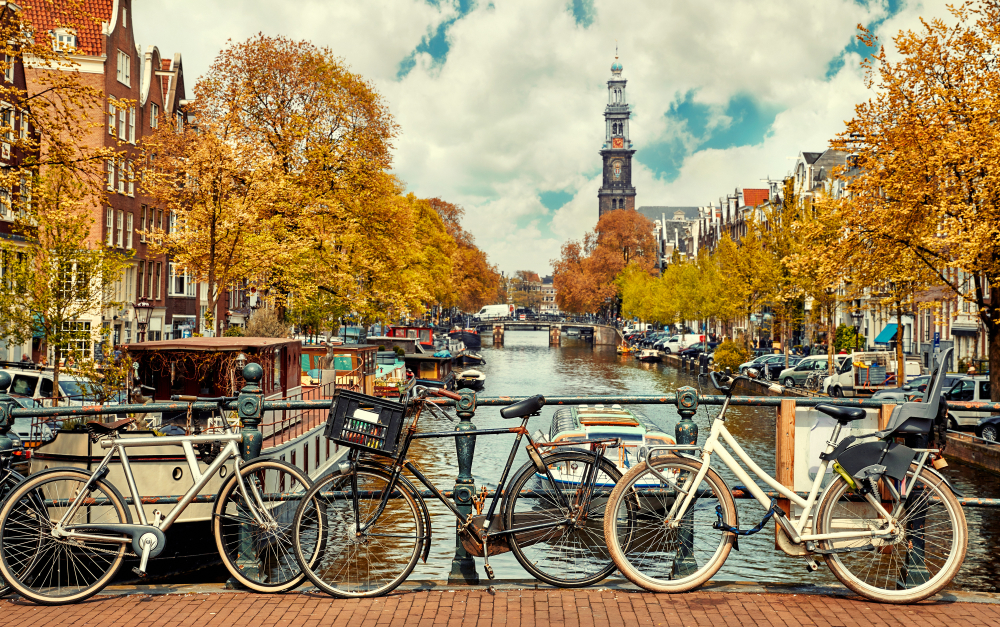Medici's Secret Passage: Exploring the Vasari Corridor
- Lili
- Feb 11
- 4 min read
Updated: Feb 19

You are planning a trip to Florence and looking for an exclusive experience, the Vasari Corridor (Corridoio Vasariano) is one of the most intriguing and unmissable attractions in the city. This secret passage, reopened to the public in December 2024, offers a privileged perspective of the Renaissance city and reveals secrets of the powerful Medici family. In this complete guide, you will learn how to visit, historical curiosities, and essential tips to make the most of your experience.
What is the Vasari Corridor?
The Vasari Corridor is an elevated and enclosed passage, built in 1565 by architect Giorgio Vasari at the request of Grand Duke Cosimo I de' Medici. It connects the Palazzo Vecchio (the seat of government at the time) to the Palazzo Pitti (the Medici family's residence), passing through the famous Uffizi Gallery and crossing the iconic Ponte Vecchio.
This secret passage, which extends for approximately 1 kilometer, was designed so that the Medici family could move safely, quickly, and privately between their buildings without having to cross Florence's busy streets. The corridor represents a true historical and artistic treasure, providing a unique experience for visitors.
The Vasari Corridor (Corridoio Vasariano) passes through some of the city's most emblematic landmarks, including the Uffizi Gallery, one of the most famous art galleries in the world, and the Ponte Vecchio, where it rises above the traditional goldsmith and jeweler shops. In addition to its practical function for the Medici, the passage was designed to provide a privileged view of the city, offering visitors a perspective of Florence that would otherwise remain inaccessible.
After a long period of restoration, the Vasari Corridor was reopened to the public in December 2024, allowing visitors to explore this fascinating piece of Florentine history. During the route, it is possible to admire a collection of self-portraits of artists, politicians, and key figures in the city's history and Renaissance art. Additionally, the corridor offers a glimpse into everyday life in Florence in the 16th century, making it an immersive and unforgettable experience for those who wish to delve into the city's culture and history.
How to Visit the Vasari Corridor
Best Time to Visit
The Vasari Corridor (Corridoio Vasariano) can be visited all year round, but the best time to visit is in spring and autumn, when the weather is milder and the streets of Florence are less crowded. In summer, the city receives many tourists, making the experience more crowded.
1. Tickets and Opening Hours
Visiting the Vasari Corridor requires advance ticket purchase, as access is limited. Tickets include entry to the Uffizi Gallery, one of the most important museums in the world.
Tips to secure your ticket:
Book in advance on the official Uffizi Gallery website.
Opt for guided tours to get detailed information about the corridor's history.
Look for Vasari Corridor ticket promotions on travel websites.
2. How to Get There
The visit usually starts at the Uffizi Gallery, located in the heart of Florence, near Piazza della Signoria. You can arrive on foot, by public transport, or by bicycle, depending on where you are staying.
3. What to Expect During the Visit
As you walk through the Vasari Corridor, you will pass by:
Self-Portrait Gallery: Featuring works by renowned artists over the centuries.
Privileged Views: Strategically placed windows offer a unique perspective of Florence, including Ponte Vecchio and the Arno River.
Ponte Vecchio: One of the most iconic parts of the route, where the corridor passes over traditional goldsmiths' shops.
Exit at Palazzo Pitti: The tour ends at the former Medici residence, where you can explore the Boboli Gardens and other museums.

Curiosities About the Vasari Corridor
Exclusive Use: For centuries, only the Medici family and authorized persons could cross the corridor.
No Butchers on Ponte Vecchio: Initially, the bridge was occupied by butchers, but the Medici replaced them with goldsmiths to avoid unpleasant odors along the corridor's route.
Secrets and Hidden Passages: The corridor has disguised entrances, such as a hidden door inside the Church of Santa Felicita.
During the war, the Nazis destroyed all bridges in Florence except for Ponte Vecchio and the Vasari Corridor, possibly on Hitler's orders.

Extra Tips for Your Visit to Florence
If you are exploring the Vasari Corridor, take the opportunity to visit other iconic attractions in Florence:
Cathedral of Santa Maria del Fiore (Duomo): Featuring its impressive dome designed by Brunelleschi.
Ponte Vecchio: One of the city's most famous landmarks.
Palazzo Pitti and Boboli Gardens: A dive into Renaissance luxury.
Uffizi Gallery: Home to masterpieces by Leonardo da Vinci, Botticelli, and Michelangelo.
Is It Worth Visiting the Vasari Corridor?
Absolutely! The Vasari Corridor is a unique experience for those who want to discover a more exclusive side of Florence's history. With its combination of art, architecture, stunning views, and Renaissance secrets, this visit will enrich your journey through the cradle of the Renaissance.
Book your tickets in advance and take the opportunity to explore this historical passage, which has long been closed to the public. If you want to experience Florence in a special way, the Vasari Corridor is an unmissable tour!
Here are some of the main tours for you:
Useful links to plan your trip
We've Listed For You The Most Popular Tours in Florence
The best way to help us continue providing free travel tips without ads is by using the links in this article to make your reservations. This way, you help us keep delivering content to you! 🌍✈️ |






















Comentários